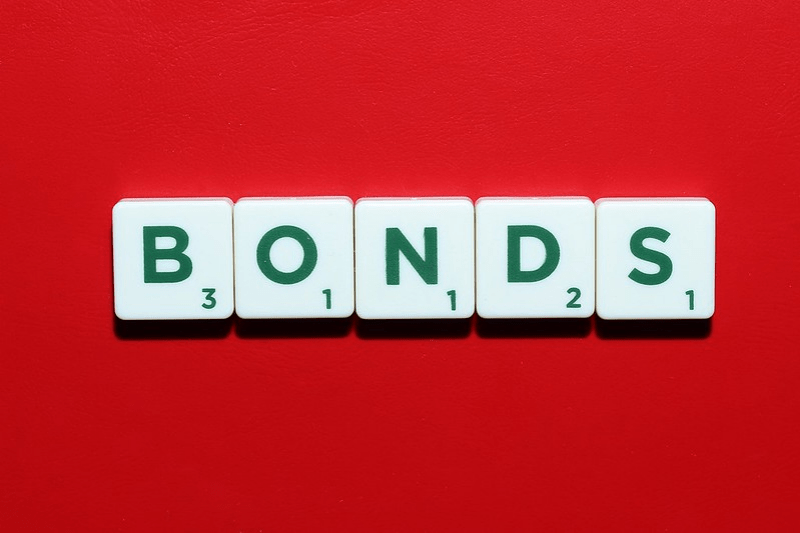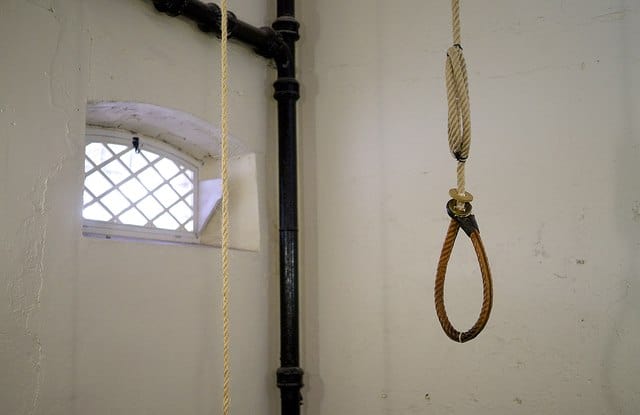Concerns about the health of China’s biggest distressed debt manager have already raised jitters in overseas markets over the dollar bond issues of other Chinese corporations, including those partially owned by the state.
Huarong Asset Management announced on 31 March that it was delaying the release of its performance results for 2020, on the grounds that auditors needed more time and information to scrutinise a “relevant transaction.”
The announcement led to the suspension of Huarong’s shares from trading in Hong Kong on the same date.
Huarong was first established by the Chinese government at the turn of the century, and is China’s biggest manager of distressed debt. It’s also the third largest issuer of bonds on the international market amongst Chinese financial institutions.
The asset manager currently has USD$22.6 billion in international bonds outstanding according to figures from S&P Global, accounting for one tenth of the total for Chinese-invested financial institutions.
Concerns about the health of Huarong have had an immediate impacted on the international bond issues of other Chinese companies, with the yield on a $800 million note maturing on 27 April issued by China Great Wall Asset Management rising 13 basis points to 1.205% in the week ending 15 April.
Chinese regulators have since taken pains to assuage concerns about Huarong’s health. The China Banking and Insurance Regulatory Commission declared on 16 April that Huarong’s “operations are stable,” although Huarong itself has yet to announce further details about the progress of its audit, or an expected dates of completion.
Regulatory assurances have not prevented global ratings agencies including Moody’s and Fitch from announcing the possibility of a downgrade in Huarong’s ratings, or S&P Global from including Huarong and its subsidiaries on its negative credit watch list.
“As long as the delay in performance results remains unresolved, Huarong and its subsidiaries will likely find offshore financing channels to be impeded,” said Hu Yangrui (胡旸瑞), financial institution credit analyst with S&P Global.
“Huarong may need to depend on domestic channels and other financing to satisfy its offshore liquidity needs over the next several months.”
S&P sees the likelihood of Huarong obtaining support from the Chinese government to be extremely high, with its core offshore subsidiaries also indirectly obtaining support via the parent company.
“Chinese policy makers are currently very closely monitoring the situation, and will adopt measures to prevent uncertainty from evolving into systemic financial instability – for example, the market starting to have doubts about government support for large-scale Chinese-invested entities.”
Other overseas analysts say Huarong highlights some of the potential risks involved with placing bets on the debt of Chinese companies – even those that are backed by the state.
“It’s a good reminder that being state-owned ultimately doesn’t equal sovereign risk,” said Michel Lowy, CEO of asset manager SC Lowy, to Reuters. “It’s a reminder to assess…whether the premium that one gets paid for buying into a state-owned enterprise debt is sufficiently rewarding for the risk that one takes.”




